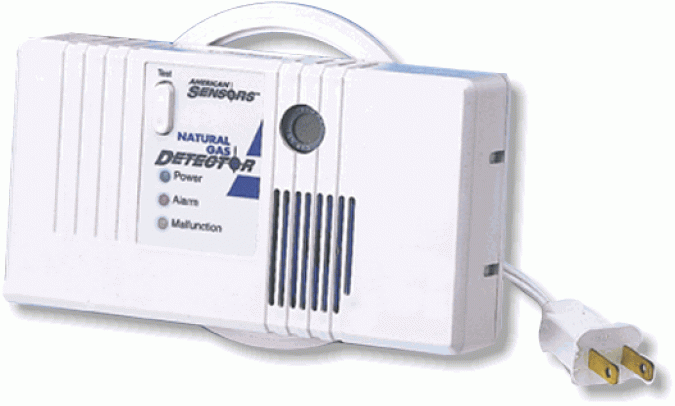Smoke detectors should send activation warnings via text messages via Wi-Fi
Technology to connect to the Internet via Wi-Fi networks is small and inexpensive. Mobile phones and even camera memory cards accomplish this task.
I have an idea of how to use this technology to improve safety.
Combine a smoke/carbon monoxide detector with Wi-Fi circuitry so that when the detector activates text messages can be sent to people and entities that should be alerted.
There are already ‘Wi-Fi smoke detectors’ for sale, as a quick search will reveal. But these detectors are not for detecting smoke, but for covert video recording of a room. These products demonstrate that it’s easy to put a Wi-Fi transmitter into a smoke detector case.
The best of all worlds would be to combine an actual smoke/carbon monoxide detector with a video camera so that when the detector activates that a text message can be sent that includes a link so the message recipient can sign in to a webpage to observe the room the detector is located in. In this way, false alarms can potentially be identified from afar.
Current video fake smoke detectors cost a lot, but that’s because they are made in tiny volume. I bet a combination smoke, carbon monoxide, video Wi-Fi detector could sell for under USD $100 if they were required by building codes.
Finally, I think it’s time to add another feature to smoke/carbon monoxide detectors. I think detectors should also sense unburned gas such as natural gas and propane. For reasons I can’t understand, modern gas stoves don’t stop the flow of gas if there is no flame, so it’s possible to fill the house with gas without warning, other than the bad smell. Smell based warnings do no good for sleeping occupants. Gas detectors typically need more than a 9 volt battery to operate, so gas detectors usually are plugged into AC power. I think that’s fine, provided there is a battery backup to carry through power outages.
I would certainly pay USD $200 per detector for a gas/smoke/carbon monoxide/Wi-Fi/Video detector.
Would you?

